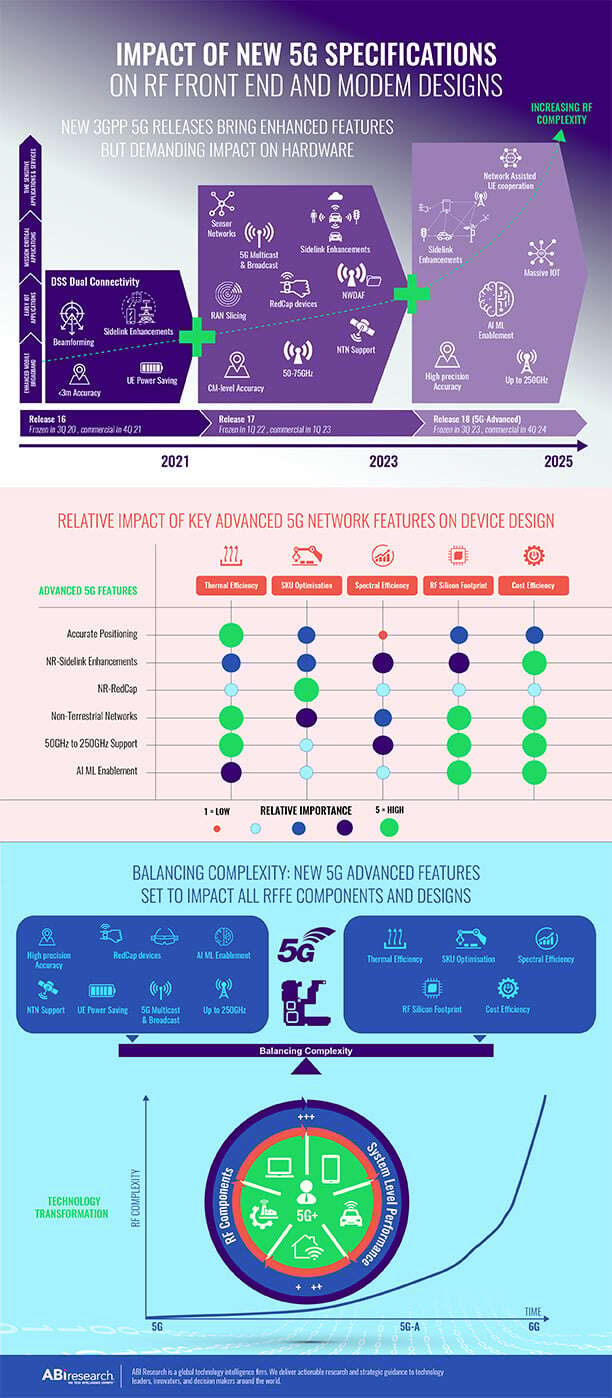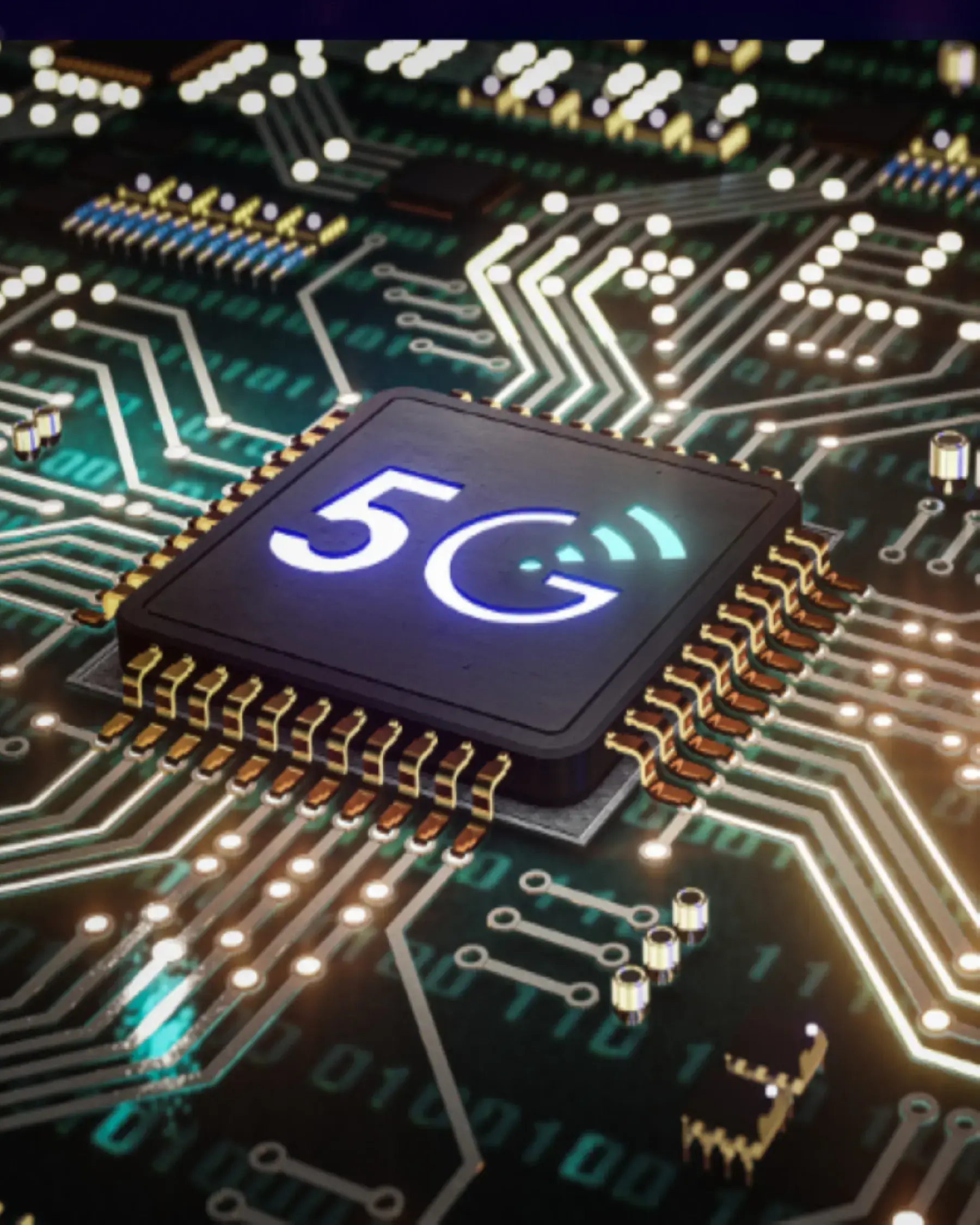Despite the COVID-19 pandemic slowing down many aspects and behaviors of our daily lives, the pandemic quickened the pace of digital transformation, placing technologies at the very center of how people live and work.
Admin
Recent Posts
Key Statistics in Mobile Network Infrastructure and Supply Chain Highlight What You Need to Know in 2022
Feb 18, 2022 12:00:00 AM / by Admin
Infographic: Impact of New 5G Specifications on RF Front End and Modem Designs
Feb 15, 2022 12:00:00 AM / by Admin
To download the infographic, please click here.

Faster broadband throughout the home has changed how residents use and interact with services outside the home. The smart home combines these aspects to do the same for the home and its residents by leveraging connectivity to automatically act and react to real-time changes in the home—leading to maximized comfort, efficiency, and convenience.
Urban surveillance and public safety technologies are increasingly finding their way into new use cases, particularly in light of the COVID-19 pandemic and the advancement of partnering technologies such as AI and 5G. Crowd management and health screening (including monitoring mask wearing) are other applications that have flourished due to the pandemic.
4G Technology Still Dominates IoT Cellular Module Models
Jan 26, 2022 12:00:00 AM / by Admin
As 5G has been making headlines with major rollouts by AT&T and Verizon in the United States, some may think that 4G is now obsolete. They’d be wrong. In fact, 60% of IoT cellular module models rely on 4G.
While online buying has increased, so have returns, and that represents a huge cost for retailers. Online orders in the U.S. for the 2021 holiday season hit a record US$222 billion. Out of those, 30% or at least US$66.7 billion worth of merchandise, will be returned per CBRE Supply Chain. That’s a 13% year-over-year increase for returns and a 45.6% increase over the previous five-year average.
Supply chains are normally not on the average person’s mind. But they are now. The shortages and delays on delivery that have resulted from disruption in the supply chain have made it an area of concern for all. With a new year underway, the question is: What’s in store for the supply chain in 2022?
ABI Research’s global team of analysts are continuously examining current trends in technology and key markets to produce accurate forecasts and provide guidance to our clients. The comprehensive technology forecast for this year includes several aspects of the 5G market. Here are five key points about what will and will not happen on the 5G front in 2022.
Digital Thread vs Digital Twin
Jan 1, 2022 12:00:00 AM / by Admin posted in Industrial & Manufacturing Technologies, Industrial & Manufacturing Markets
The term “digital twin” gets thrown around casually, but it’s important to recognize the distinction between the different types of digital twins and understand the role of a digital thread.
When the Chips Are Down: The Effect of the Pandemic and Chip Shortage on Government ID Growth
Dec 17, 2021 12:00:00 AM / by Admin
Current events give new meaning to “when the chips are down.” The global upheavals caused by the pandemic followed by a chip shortage means the numbers for the smart Government ID credentials market that grew slightly in 2021 will not increase in 2022. But that doesn’t mean that all bets are off. Increasing interest in developing a universally accepted smart vaccine passport may give rise to a new form of Government ID.









